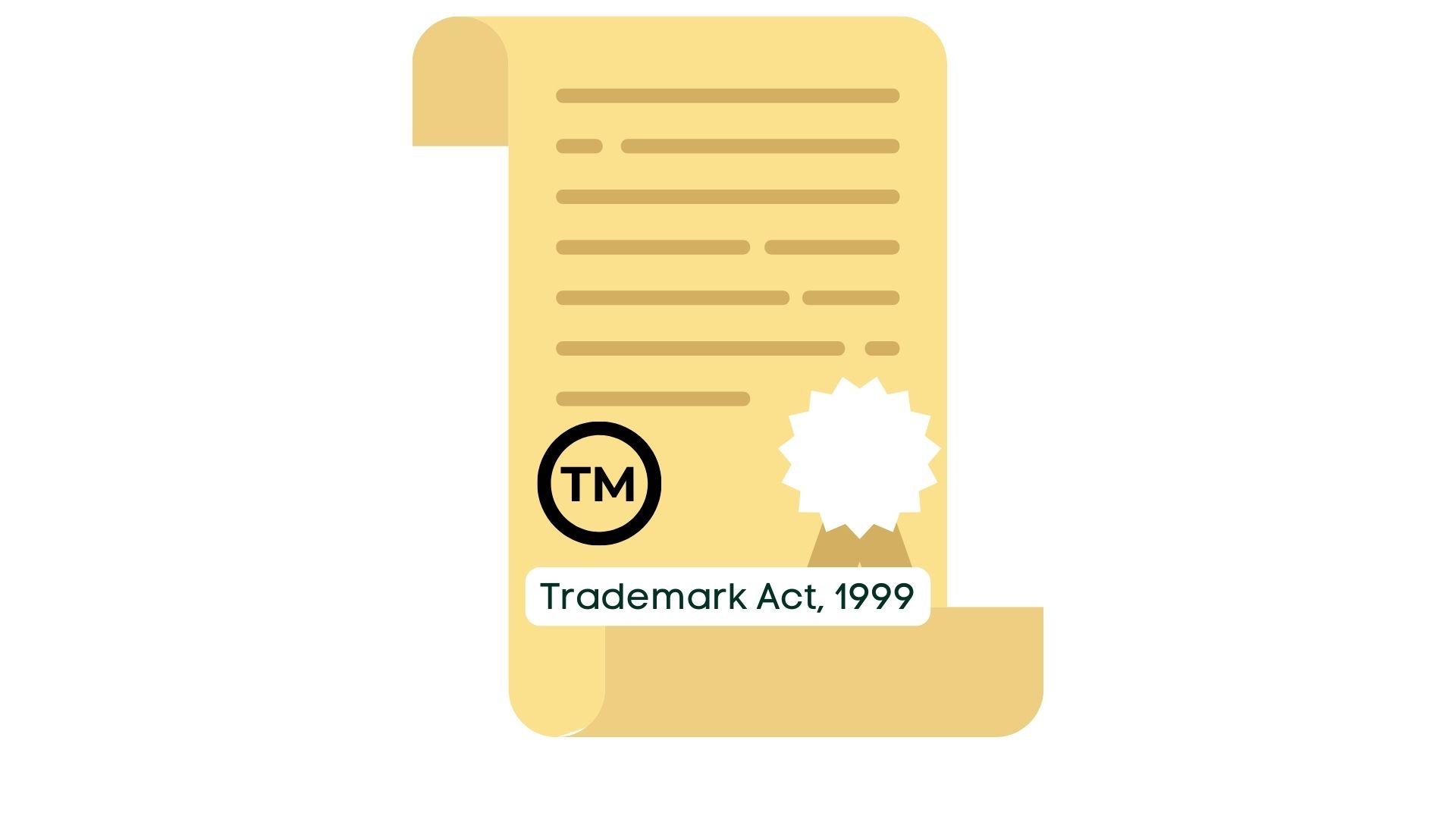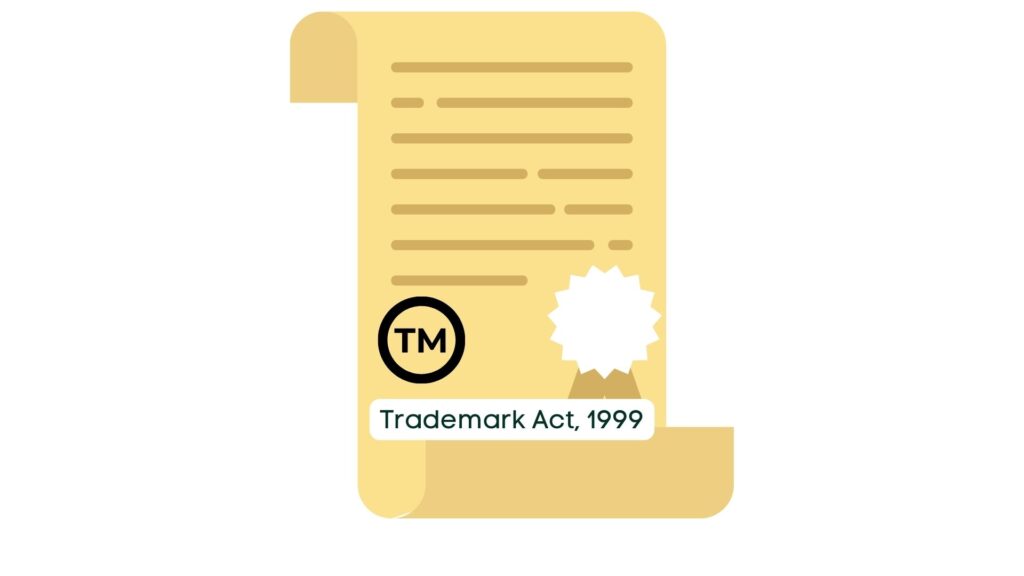
18 Mar Trademark Act, 1999

Introduction to Trademarks
A trademark, encompassing words, phrases, symbols, or designs, serves as a distinctive identifier of the origin of goods or services provided by one entity, distinguishing them from others.
Legislative Framework
Trademark rights in India are protected both under the common law remedy of passing off and by statutory provisions outlined in the Trademark Act, 1999. The Act is administered by the Controller General of Patents, Designs, and Trademarks, focusing on registration, protection, and prevention of fraudulent usage of trademarks.
Definition and Scope
Under the Trademark Act, 1999, a trademark is defined as a visually representable mark capable of distinguishing one entity’s goods or services from others. This includes various elements such as signatures, names, labels, and headings.
Trademark Registration Process
Applying for trademark registration involves adherence to Section 18 of the Act, necessitating a written application containing details like the mark’s name, goods/services, class, period of use, and applicant’s personal information.
Infringement of Trademarks
Trademark infringement refers to the unauthorized use of a trademark or a substantially similar mark on goods or services of similar nature, causing consumer confusion. Infringement occurs when a mark is copied, used in advertisements, or is confusingly similar to a registered mark.
Classification of Trademarks
As per Section 7 of the Act, trademarks are classified based on the international classification of goods and services, consisting of 45 classes. This classification follows the Nice Classification system established in 1957.
Opposition to Trademark Registration
During the registration process, the public has the right to oppose trademark registration within a specified period, typically three months. Opposition grounds may include existing trademarks or prior applications, filed with the Trademark Registrar’s Office.
Conclusion
The Trademark Act, 1999 provides a robust framework for the registration, protection, and prevention of fraudulent use of trademarks in India. It ensures clarity in the market by distinguishing goods and services while facilitating fair competition and safeguarding consumer interests.


No Comments